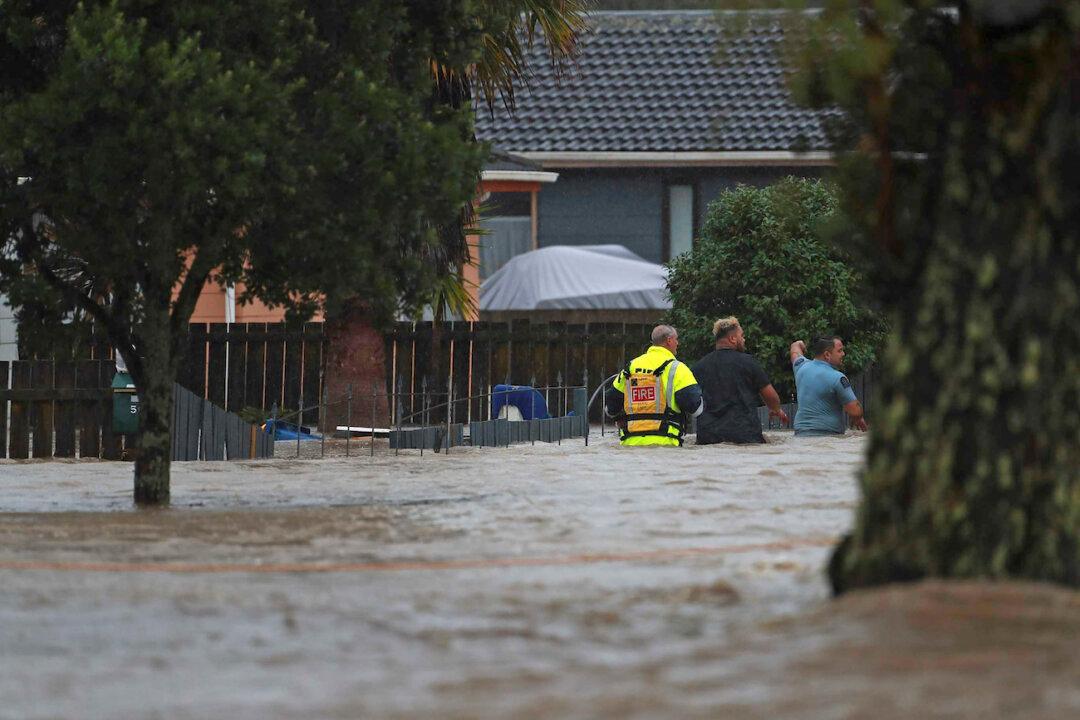A barrage of floods in Australia and record-breaking rain in New Zealand are devastating usually resilient communities—and slugging insurers.
The severity and frequency of devastation also call into question the design of cities meant to keep millions of citizens out of harm’s way.





